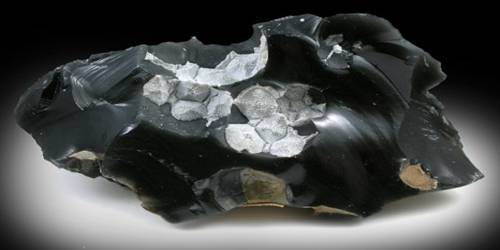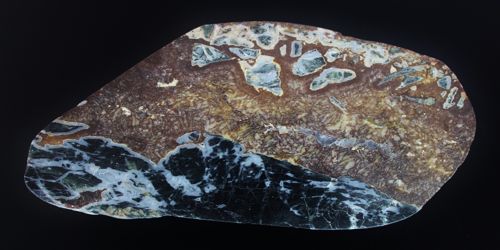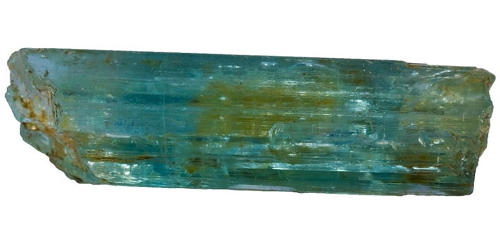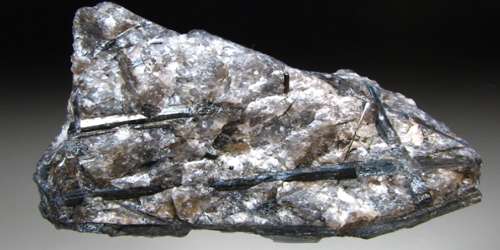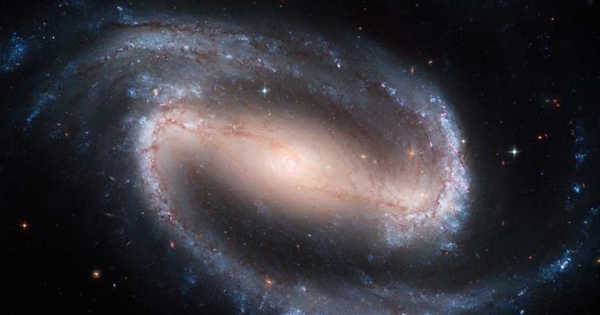The mineral cristobalite is a high-temperature polymorph of silica, meaning that it has the same chemical formula as quartz, SiO2, but a distinct crystal structure. It is common in volcanic rocks and many microscopic crystals are easily seen in a petrographic microscope.
Cristobalite occurs as white octahedra or spherulites in acidic volcanic rocks and in converted diatomaceous deposits in the Monterey Formation of the US state of California and similar areas. Cristobalite is stable only above 1470°C but can crystallize and persist metastably at lower temperatures. It is named after Cerro San Cristóbal in Pachuca Municipality, Hidalgo, Mexico.
General Information
- Category: Oxide mineral, quartz group
- Formula: SiO2
- Crystal system: Tetragonal
- Crystal class: Trapezohedral

Properties
Cristobalite’s widespread distribution in certain types of rocks would require an abundance rating of at least common, although good macroscopic crystal specimens are hard to find. Identification of cristobalite is not necessarily easy, but it is so common in volcanic rocks that crystal habit and color are usually sufficient.
- Color: Colorless, white
- Crystal habit: Octahedra or spherulites up to several cm large
- Fracture: Conchoidal
- Tenacity: Brittle
- Mohs scale hardness: 6–7
- Luster: Vitreous
- Streak: White
- Diaphaneity: Transparent
- Specific gravity: 2.32–2.36
Occurrence: In vesicles and lithophysae; a late-crystallizing phase in basaltic to rhyolitic volcanic rocks; from acid-sulfate-type hydrothermal alteration of volcanic rocks; precipitated by hot springs. By contact metamorphism of sandstone; developed during diagenesis, recrystallized from siliceous sedimentary rocks.
Information Source:
